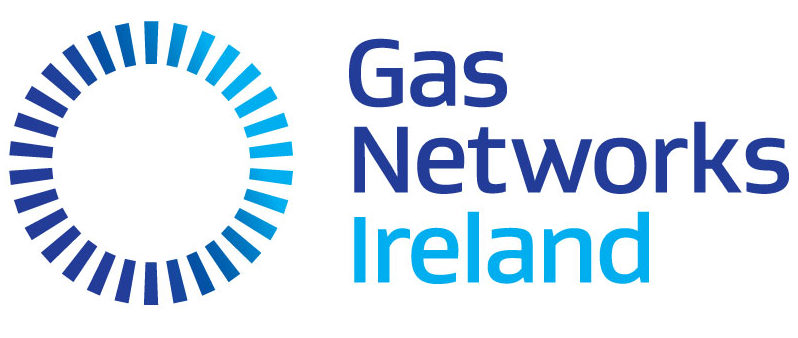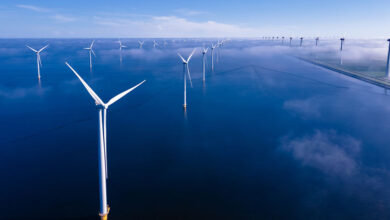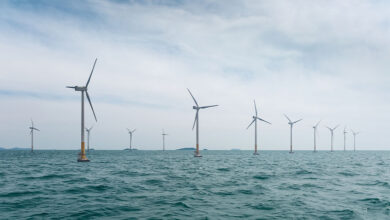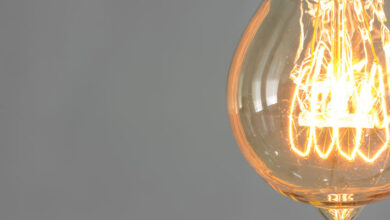Keeping Ireland’s lights on when the wind does not blow
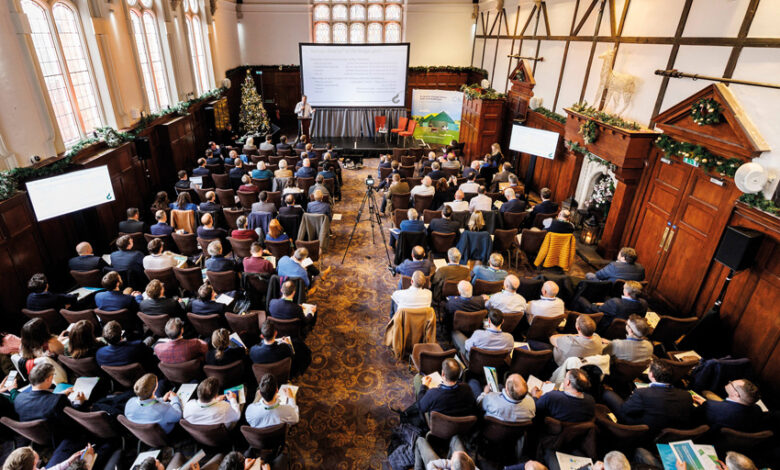
For three months of 2022, wind energy was the largest energy source of electricity generation in Ireland. In the other nine months of the year, it was gas.
As 2022 began in earnest, there was a silver lining to the clouds that blew in with the three storms in February, with the trio driving a record contribution from wind energy in Ireland’s electricity mix. As storms Dudley, Eunice, and Franklin hit our shores, wind generated 53 per cent of Ireland’s electricity for the month, peaking at 77 per cent and never dropping below 8 per cent – a sizeable increase on January’s 33 per cent share.
October and November were also windy months which enabled wind energy to make the largest contribution to Ireland’s electricity generation at 45 per cent and peaking at over three quarters. However, as is the nature of intermittent weather dependent energy sources, there were also times during these months when the wind supply fell away almost entirely and provided less than 1 per cent of electricity generation.
Overall, gas was the energy source that generated 48 per cent of the total electricity used in Ireland in 2022, with wind energy providing 34 per cent and coal providing 9 per cent.
Gas continues to be the ideal partner for weather dependant renewables. Being able to harness wind energy when it is available and back it up with the flexibility and reliability of gas when renewables are not available, provides a secure and complete energy system for the people of Ireland.
What if Ireland’s gas was carbon neutral?
With 40 per cent less CO2 emissions than coal and 22 per cent less CO2 emissions than oil, natural gas has been helping Irish homes and businesses reduce their carbon footprint since it was discovered off the coast of Kinsale in the 1970s. However, while natural gas produces significantly less emissions than coal or oil, it is still a fossil fuel. The national gas network needs to be decarbonised with renewable gases and Gas Networks Ireland is working on replacing natural gas with renewable gases, such as biomethane and hydrogen, to substantially reduce the country’s carbon emissions while complementing intermittent renewable electricity and ensuring a secure energy supply.
Renewable gas of the now: Biomethane
Structurally identical to natural gas, biomethane is a carbon neutral renewable gas that can be made from farm and food waste through a process known as anaerobic digestion. Gas Networks Ireland first introduced domestically produced biomethane onto Ireland’s gas network more than two years ago and although the quantity is currently small, but increasing, it is beginning to seamlessly replace natural gas and is fully compatible with existing appliances and technology.
There is significant scope for biomethane production in Ireland. With the European Commission identifying Ireland as having the highest potential per capita to produce biomethane, it will also play a major role in Ireland and the EU’s commitment to becoming an energy-efficient, low carbon economy. An indigenous biomethane industry would not only support the decarbonisation of the agricultural sector, but it would also provide significant opportunities for rural communities and facilitate sustainable circular economies.
In view of the Government’s ambition of up to 5.7TWh of biomethane production in Ireland by 2030, there is a need to scale up and prepare for this renewable energy source. Gas Networks Ireland is working to ensure the country is ready for the increased biomethane connections and injection on to the grid.
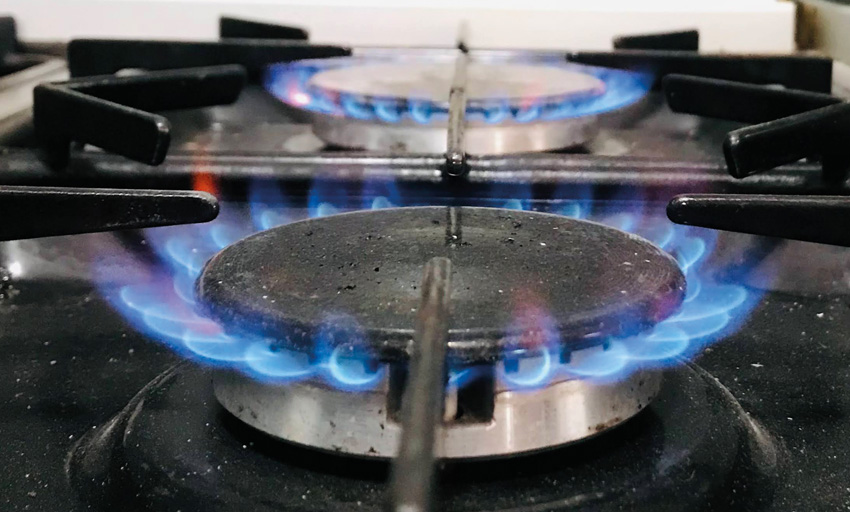
Renewable gas of the future: Green hydrogen
Hydrogen is a carbon free gas that can be made from renewable electricity through a process known as electrolysis and stored until needed, making it an attractive option to decarbonise the Irish and EU energy systems and a strong example of how greater integration between Ireland’s gas and electricity networks can support a low carbon economy.
Over the last year, Gas Networks Ireland has been working with University College Dublin’s Energy Institute (UCDEI) on a research project at its network innovation centre to investigate the potential use of hydrogen in Ireland and find out if we can heat homes and cook dinners with this renewable gas. The initial part of the research concluded in late 2022 and found that householders using natural gas blended with up to 20 per cent of hydrogen will not need to make any change to their existing domestic appliances or notice any difference and even the flame motion and colour is very similar to the flame produced with 100 per cent natural gas.
The research results also outlined that significant reductions in emissions can be achieved by blending hydrogen with natural gas; including the following average reductions for domestic gas boilers operating at maximum load conditions: a 12 per cent reduction in carbon dioxide (CO2), a 37 per cent reduction in carbon monoxide (CO) and a 40 per cent reduction in nitrogen oxides (NOx) emissions. The next phase of the research will focus on the operation of the gas distribution network with blends of natural gas and hydrogen.
With our European neighbours, Gas Networks Ireland is participating in a major project to help the European Union meet its new accelerated goals and radically increase the use of hydrogen by 2030. The European Hydrogen Backbone initiative is focussed on planning for the future development of a European hydrogen market through new pan-European hydrogen transport infrastructure. Five large-scale hydrogen pipeline corridors are envisaged. These new corridors will initially connect domestic local hydrogen supply and demand in Europe, before expanding and connecting European regions amongst each other, and then connecting neighbouring regions with hydrogen export potential. The planned hydrogen backbone network will largely be based on repurposing existing natural gas infrastructure. It is envisaged that by 2040, for example, Ireland could be connected to the new European hydrogen backbone via a repurposed subsea pipeline to the Moffat interconnector in Scotland.
Here at home, Gas Networks Ireland is one of a number of industry players funding a new €16 million strategic partnership with Irish third level institutions that will examine how to holistically decarbonise the overall Irish energy sector. Led by UCDEI, NexSys (Next Generation Energy System) is also supported by Science Foundation Ireland.
As part of the Government’s development of a national hydrogen strategy, Gas Networks Ireland recently made a submission outlining the central role Ireland’s gas network plays in Ireland’s future clean energy and hydrogen economies and how it is preparing the existing gas network to accept hydrogen/natural gas blends from the UK as well as preparing for the injection of green hydrogen at appropriate locations into the gas network.
Additionally, the Government’s Climate Action Plan (CAP), sets out the detailed measures to cut emissions and meet Ireland’s forthcoming targets in each sector. One of the actions is to develop renewable gas in the gas grid. As part of this Gas Networks Ireland has submitted a technical and safety feasibility study of injecting green hydrogen blends into Ireland’s gas network. In line with other UK and European studies, this assessment has concluded that utilising the existing gas network to transport up to a 20 per cent hydrogen blend is safe and feasible.
Beyond this horizon, Gas Networks Ireland looks forward to partnering with a variety of energy organisations to fully convert the network to renewable gases and deliver the fully integrated energy system of the future.
www.gasnetworks.ie
